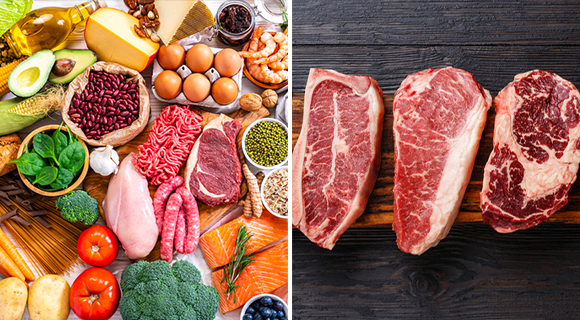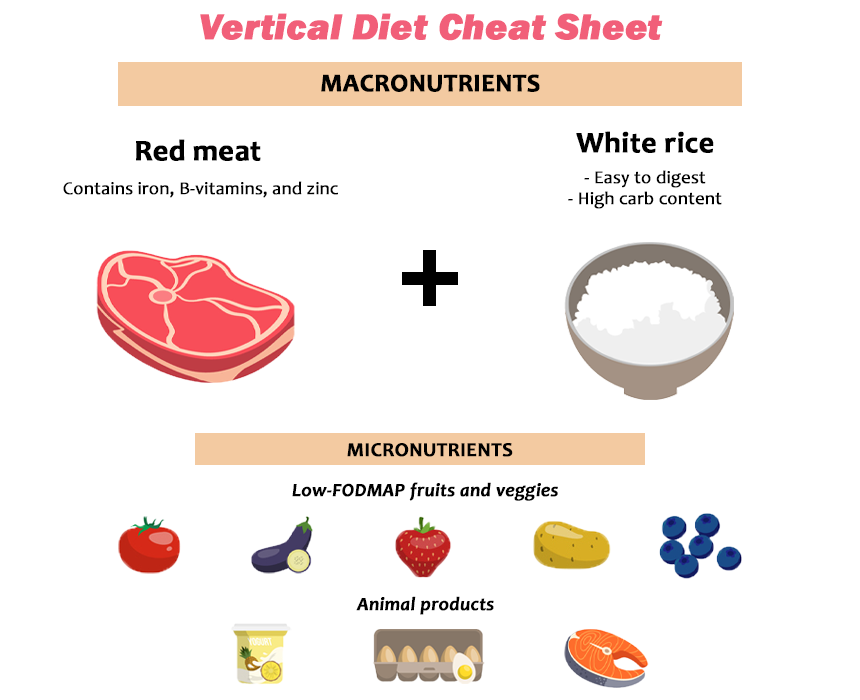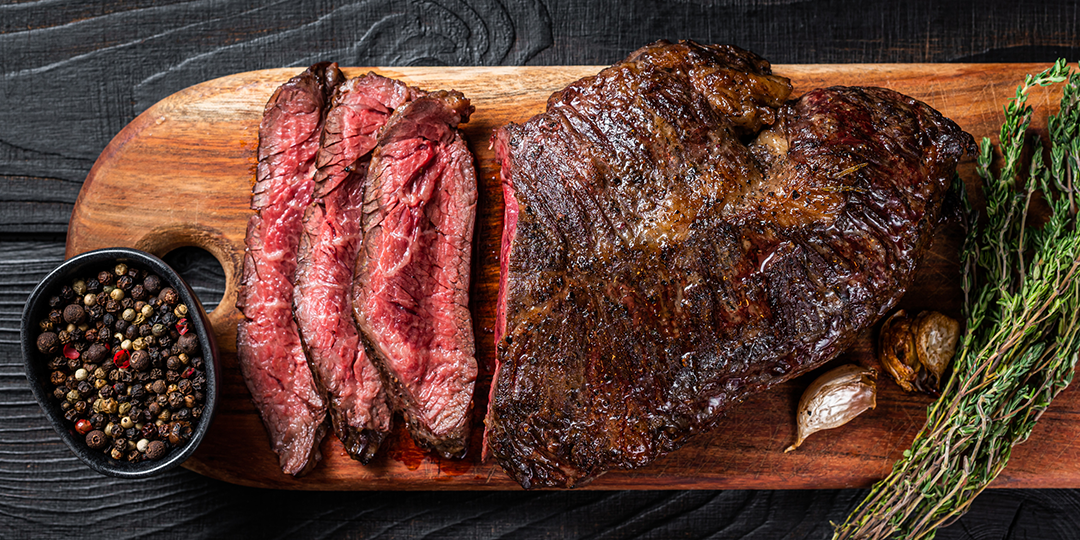Developed by Stan Efferding, a professional bodybuilder and powerlifter, the vertical diet is a nutrition plan aimed at enhancing athletic performance and body composition. Originally designed for elite athletes, it has now gained popularity among recreational gym enthusiasts as well.
It's important to note that there is limited scientific research supporting the efficacy of the vertical diet. Many individuals, including athletes, bodybuilders, and regular gym attendees, have found success with more balanced meal plans. Certain populations should steer clear of the vertical diet altogether, as we will discuss later on.
What Sets the Vertical Diet Apart?

To understand the vertical diet, it's essential to contrast it with the concept of a "horizontal diet."
On a horizontal diet, the emphasis is on consuming a wide array of nutrient-dense foods from various food groups, including fruits, vegetables, grains, legumes, and protein sources. This approach encourages a diverse intake of nutrients that may not be found in a single food group.
In contrast, the vertical diet involves consuming larger quantities of a select few easily digestible foods, simplifying meal planning, energy consumption, and nutrient absorption.
While the vertical diet may be beneficial for individuals with specific gastrointestinal conditions, there is insufficient evidence to suggest similar advantages for the general population.
How to Implement the Vertical Diet
Individuals following the vertical diet must adhere to specific food restrictions, drawing inspiration from the low-FODMAP diet. (FODMAP refers to fermentable oligosaccharides, disaccharides, monosaccharides, and polyols, a group of carbohydrates that may exacerbate digestive issues due to poor absorption in the gut.)
Furthermore, calorie tracking is essential to ensure a surplus intake for muscle growth. Therefore, if weight loss is your goal, the vertical diet may not be suitable.
Let's delve into the fundamental principles of the vertical diet.
Who Could Benefit from the Vertical Diet?

The vertical diet targets individuals seeking to increase muscle mass and improve their physique efficiently. It streamlines the process of consuming high-calorie meals, simplifies macronutrient tracking, and allows for easy adjustments up or down.
While athletes and bodybuilders may find the diet beneficial for meticulous monitoring of food intake and progress, young and healthy individuals focused on muscle growth can also explore this approach. However, achieving similar tracking and customization benefits with a broader range of foods and fewer restrictions could be more cost-effective and enjoyable.
Who Should Avoid the Vertical Diet?
The vertical diet is not recommended for individuals who:
- Have a history of heart issues
- Consume a moderate number of calories
- Are aiming to lose weight
Given its emphasis on red meat consumption, individuals with a family history of colon cancer should steer clear of this diet, as high red meat intake has been linked to increased colon cancer risk. Additionally, the high glycemic index of white rice may not be suitable for those managing blood sugar levels, such as individuals with diabetes.
Approved Foods on the Vertical Diet
The primary caloric sources on the vertical diet are:

Efferding selected white rice for its digestibility and high carbohydrate content, along with red meat for its iron, B-vitamin, and zinc content.
The diet also includes a variety of "micronutrient" foods such as:
- Low-FODMAP vegetables (tomatoes, kale, sweet potatoes, eggplant)
- Low-FODMAP fruits (blueberries, strawberries, unripe bananas)
- Animal products like eggs, broth, whole-fat dairy, fatty fish
- Legumes and oats, provided they are soaked and fermented
Restricted Foods on the Vertical Diet
Avoid the following foods:
- High-FODMAP vegetables (asparagus, brussels sprouts, cauliflower)
- High-FODMAP fruits (apples, cherries, watermelon)
- Grains
- Legumes
- Sugar or sugar alcohols
- Processed vegetable oils
Coffee and alkalized water are also off-limits on the vertical diet.
Pros of the Vertical Diet

Facilitates muscle gain
The diet's primary objective is to promote rapid and efficient muscle mass development, which may be appealing to young individuals starting out in the gym. However, its long-term sustainability may be questionable.
Suitable for individuals with food sensitivities
The focus on low-FODMAP foods in the diet could benefit individuals with specific food sensitivities. It's worth noting that the low-FODMAP diet is typically intended for short-term use, with the eventual reintroduction of certain foods.
Registered dietitian Cordialis Msora-Kasago highlights that the diet's low-FODMAP nature eliminates prebiotics essential for feeding gut probiotics, potentially impacting overall gut health.
Drawbacks of the Vertical Diet
While some individuals may find success with the vertical diet, there are reasons why others may not achieve the same results.
Restrictive Nature
Efferding's claims regarding optimal digestion, nutrient absorption, improved body composition, gut health, and metabolism through limited food variety lack robust scientific backing.
Following restrictive diets can lead to nutrient deficiencies and potential gut health issues. Research suggests that a diverse nutrient intake is optimal for gut function.
Challenges in Adherence
Msora-Kasago points out that while the vertical diet may enable bodybuilders to consume sufficient calories for muscle growth without gastrointestinal discomfort, it is not a sustainable approach for most individuals. The diet's array of restrictions and potential cost implications may pose challenges.
For sustained results, Msora-Kasago emphasizes the significance of variety, accessibility, and affordability in dietary choices. She suggests starting with preferred foods and identifying opportunities for personal dietary adjustments to yield significant results.
Verdict on the Vertical Diet
When it comes to nutrition, a one-size-fits-all approach does not exist. The vertical diet's restrictive nature may not be feasible or enjoyable for many individuals. There are alternative strategies for muscle gain that offer more flexibility and enjoyment.
